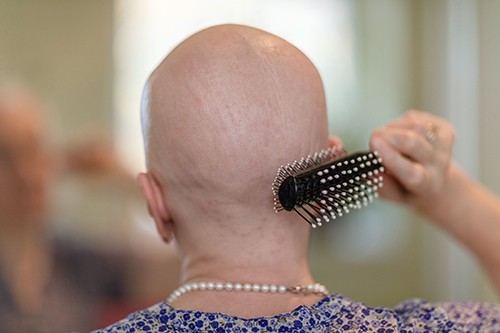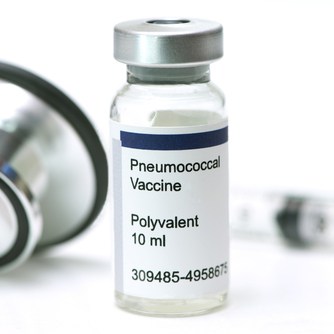Alopecia is a devastating tissue-specific autoimmune condition caused by the T-cell-mediated destruction of hair follicles. This leads to significant partial or complete hair loss on the scalp, face or other areas of the body with hair growth. Hair loss can occur in more than one place on the body, though the scalp is often the most prevalent area for hair loss.
There are several types of alopecia: alopecia areata (patchy loss of hair), alopecia totalis (loss of all hair on the scalp) or alopecia universalis (loss of all hairs on the entire body). There is no cure for this condition.
Recommended course: Evaluation in Immunologic and Autoimmune and Inflammatory Disorders
Alopecia treatment options
Traditional treatment of alopecia included the use of corticosteroid injections or topical cream, topical minoxidil, contact immunotherapy, cyclosporine and methotrexate. Immunotherapy has a widely varied success rate (17-75%). Response to these treatments varied and were not without significant adverse effects.
Litfulo (ritlecitinib) is a Janus Kinase Inhibitor (JAK) and is the first treatment approved by the FDA for severe alopecia areata. It is a daily oral dose that can be used for both adults and adolescents. Data from the randomized, double-blinded and placebo-controlled study revealed that approximately 23% of people taking Litfulo saw 80% or more scalp hair coverage as compared to 1.5% on placebo.
JAK inhibitors bind to the adenosine triphosphate-binding site of JAK. They suppress the enzyme activity disrupting or suppressing cytokine action and growth factor receptors, pathways known as the Signal Transducer and Activator of Transcription (STAT). Blocking the T-cell-mediated inflammatory response helps to reverse hair loss in 50% or more of the people who are prescribed this medication.
Other treatments may include oral or topical minoxidil and intralesional injections concomitantly with the JAK inhibitor. It can take up to 4 months to see any hair growth if these therapies are effective.
References
- American Academy of Dermatology Association (2023). Hair Loss Types: Alopecia Area Diagnosis and Treatment. https://www.aad.org/public/diseases/hair-loss/types/alopecia/treatment
- Litfulo (2023). https://www.litfulo.com/
- Liu M, Gao Y, Yuan Y, et al. Janus Kinase Inhibitors for Alopecia Areata: A Systematic Review and Meta-Analysis. JAMA Netw Open. 2023;6(6):e2320351. doi:10.1001/jamanetworkopen.2023.20351
- National Alopecial Areata Foundation. https://www.naaf.org/






